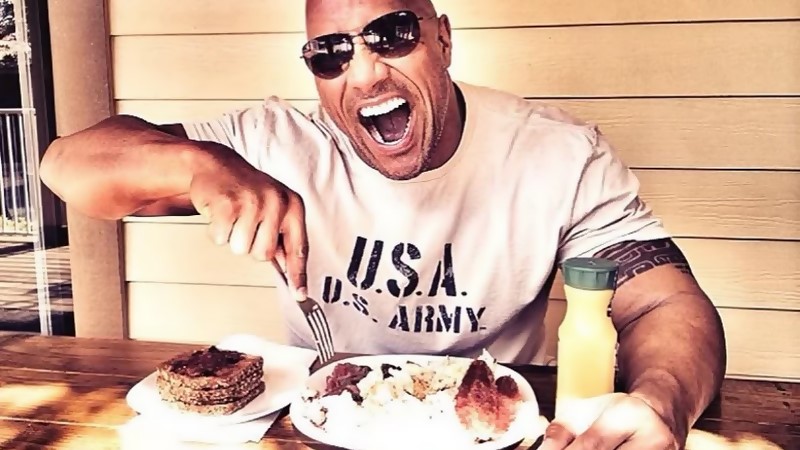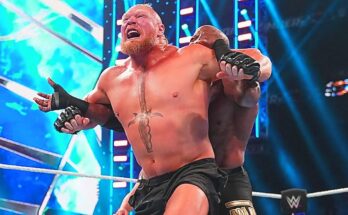
Professional wrestlers are not just entertainers; they are elite athletes who endure grueling physical demands in the ring. From high-flying maneuvers to powerful grapples, their bodies must be conditioned to perform at the highest level. Behind the scenes, this requires an extraordinary commitment to fitness and nutrition. Let’s dive into the training secrets and dietary regimes that keep wrestlers in peak physical condition.
The Foundation: Strength and Conditioning
Wrestlers rely heavily on strength and conditioning training to develop the muscle power and stamina needed for matches that often last 20 minutes or more. These workouts are tailored to improve both explosive strength and muscular endurance.
Weight Training
Weightlifting is a cornerstone of a wrestler’s fitness routine. Wrestlers focus on compound lifts such as squats, deadlifts, and bench presses, which build overall strength. These exercises engage multiple muscle groups, simulating the full-body effort required during wrestling bouts.
Functional Training
Unlike bodybuilders, wrestlers prioritize functional fitness. They incorporate movements like kettlebell swings, sled pushes, and medicine ball slams. These exercises replicate the dynamic, unpredictable motions of a match, improving agility, balance, and core stability.
Cardio for Endurance
Matches are not just about brute strength; endurance plays a critical role. Wrestlers often perform high-intensity interval training (HIIT) to boost cardiovascular capacity while maintaining muscle mass. Activities like sprint intervals, battle ropes, and circuit training prepare them to withstand the physical intensity of a match without losing stamina.
Agility and Flexibility
Agility and flexibility are just as important as raw power in wrestling. Wrestlers practice plyometric drills, such as box jumps and lateral hops, to enhance their explosive movements. Yoga and stretching routines are also essential for flexibility, helping wrestlers avoid injuries and maintain mobility for complex maneuvers.
Nutrition: Fueling the Machine
No training program is complete without a solid nutrition plan. Wrestlers’ diets are meticulously structured to support muscle growth, recovery, and sustained energy levels.
High-Protein Diets
Protein is the foundation of any wrestler’s diet, supporting muscle repair and growth. Wrestlers consume lean sources such as chicken, fish, eggs, and plant-based proteins. Protein shakes are a convenient way to meet daily requirements, especially after workouts.
Carbohydrates for Energy
Carbohydrates provide the fuel wrestlers need for intense training and matches. They focus on complex carbs like sweet potatoes, oats, and brown rice, which release energy slowly and prevent crashes. Timing is also critical; wrestlers often consume carbs before workouts to power through their routines.
Healthy Fats
Healthy fats from sources like avocados, nuts, and olive oil are included for hormonal balance and joint health. These fats are particularly important for wrestlers who endure high-impact activities.
Hydration and Recovery
Wrestlers sweat intensely during training and matches, making hydration a top priority. Water, electrolyte-rich drinks, and recovery shakes are staples in their routine. Recovery meals, which often include protein and carbs, are consumed within 30 minutes post-workout to optimize muscle repair.
Mental Fitness: The Overlooked Secret
Physical fitness is only part of the equation. Wrestlers must also train their minds to handle the pressure of performing in front of thousands of fans. Visualization techniques, meditation, and breathing exercises help wrestlers stay focused and composed in high-stakes situations.
Interestingly, the discipline required for physical fitness mirrors the focus needed in strategic games, such as mastering patterns in 3 reel slots. Just as wrestlers analyze their opponents’ moves to gain an edge, players who understand the mechanics of 3-reel slots increase their chances of success by recognizing patterns and timing. Both endeavors require precision, practice, and mental clarity.
Adapting Training for Different Styles
Not all wrestlers follow the same regimen; their training often reflects their in-ring personas and fighting styles.
- Powerhouses like Brock Lesnar focus on heavy lifting to maximize raw strength.
- High-flyers such as Rey Mysterio emphasize agility drills, trampoline exercises, and bodyweight training to perfect their aerial maneuvers.
- Technicians prioritize core stability and grip strength to execute holds and submissions effectively.
Balancing Fitness with Travel
Wrestlers face the added challenge of maintaining fitness on the road. With packed travel schedules, they rely on portable workout equipment like resistance bands and bodyweight exercises to stay in shape. Diet is also adapted, with meal prepping and careful restaurant choices ensuring they stick to their nutrition plans.
Conclusion
The incredible athleticism displayed by wrestlers is no accident. It’s the result of rigorous training, disciplined nutrition, and mental fortitude. Their dedication ensures they not only perform jaw-dropping stunts but also recover quickly, ready for the next match.
Wrestling fans and aspiring athletes alike can draw inspiration from the commitment these performers exhibit both in and out of the ring. Whether you’re looking to improve your fitness or gain insights into a wrestler’s life, their relentless pursuit of excellence is a reminder that success requires hard work and discipline.


